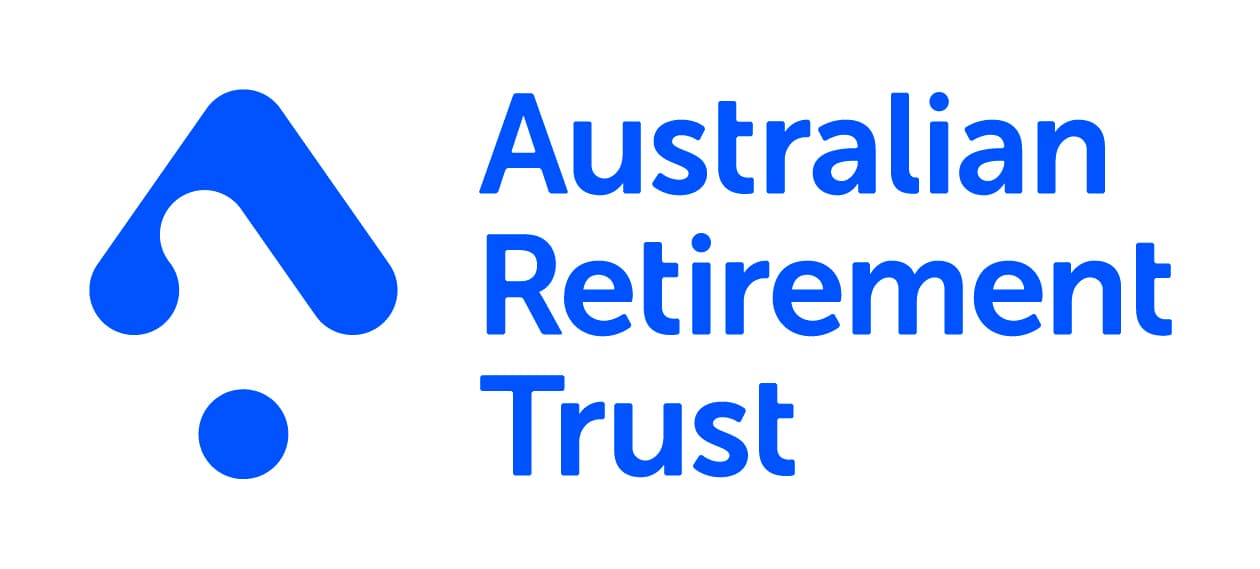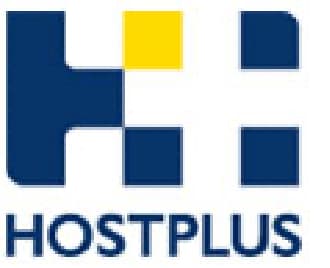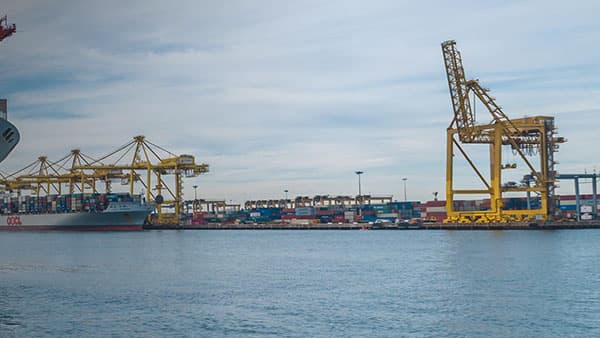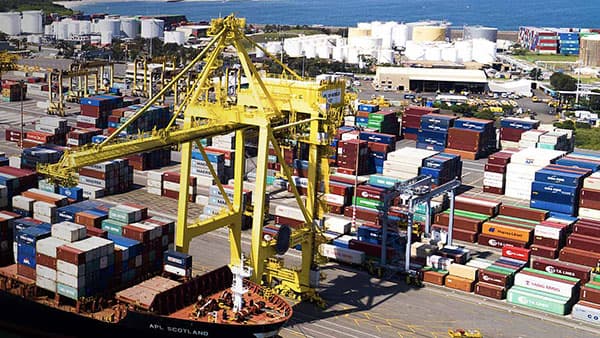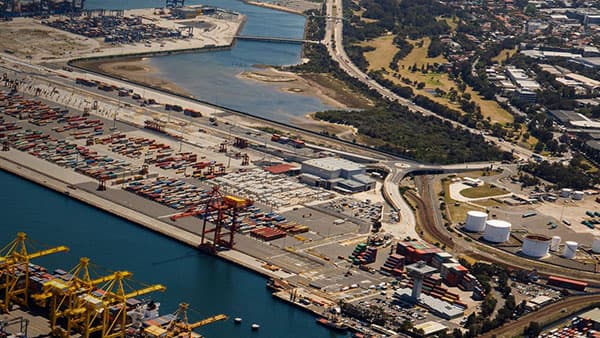We manage Australia’s key trade gateways
NSW Ports manages Port Botany and Port Kembla, which together handle millions of tonnes of diversified trade each year.
NSW Ports also manages the Enfield Intermodal Logistics Centre and Cooks River Intermodal Terminal. With direct rail links to Port Botany, these intermodal hubs play a key role in supporting NSW’s freight task and help reduce the growth of truck movements on Sydney roads.
These facilities are essential services, and play a critical social and economic role within NSW:
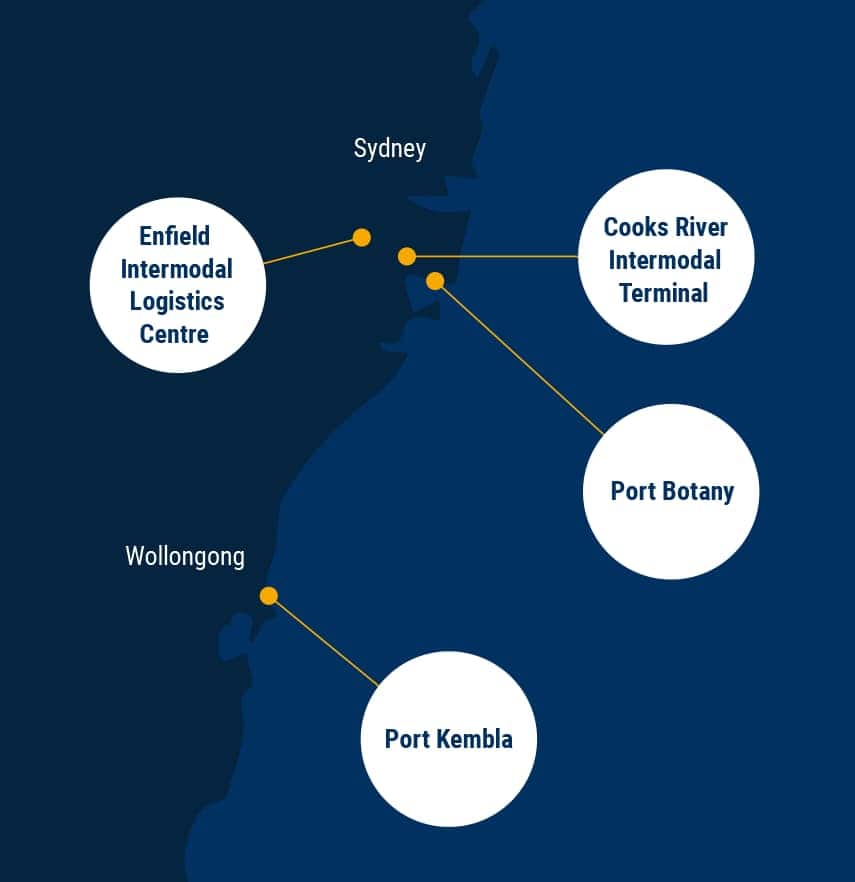
Our Role
We deliver premium port facilities that efficiently cater for the growing trade needs of New South Wales and Australia, now and into the future.
In managing Port Botany, Port Kembla, the Cooks River Intermodal Terminal and Enfield Intermodal Logistics Centre, we are responsible for:
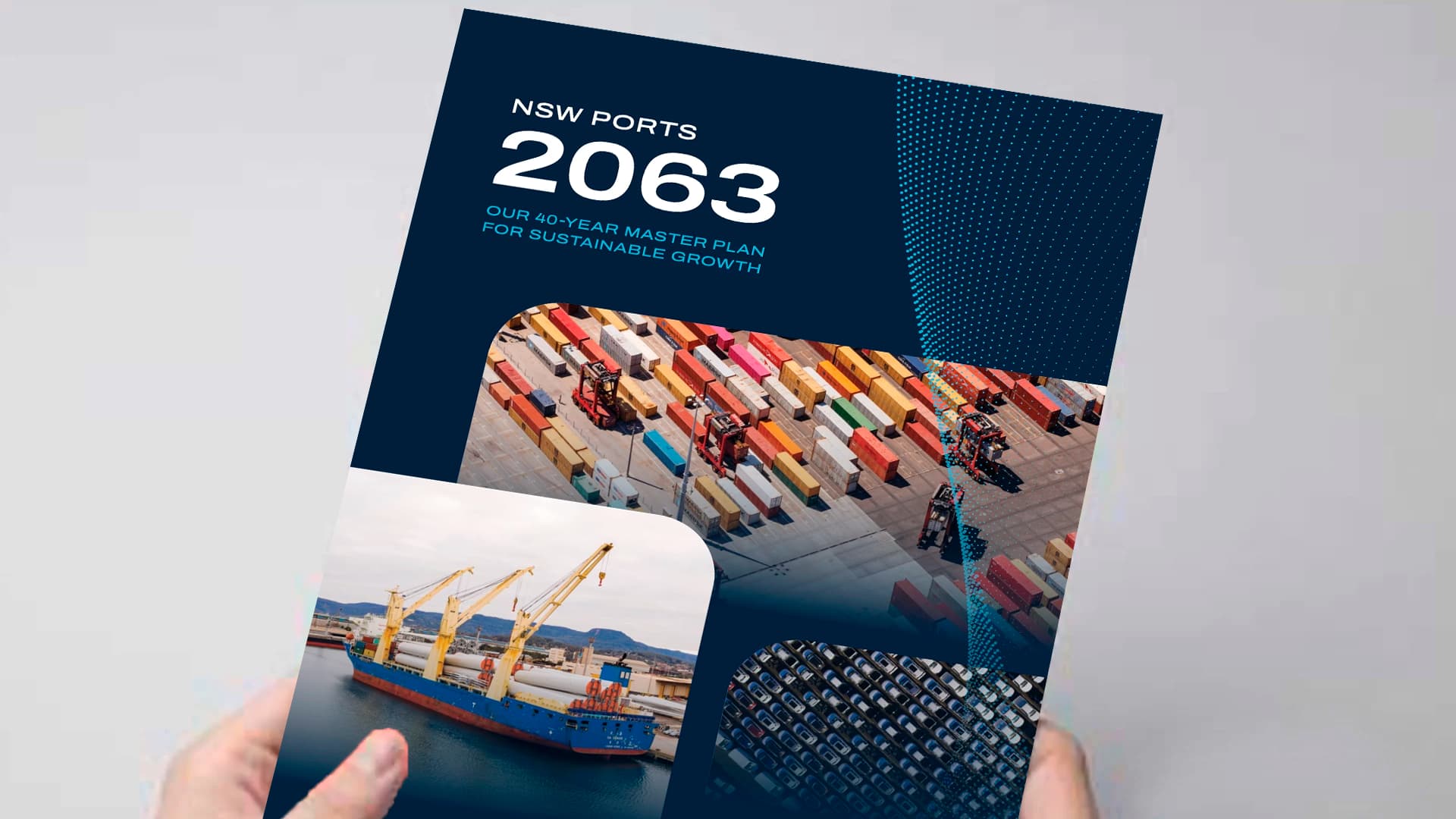
Strategic port development and planning
Our Master Plan helps us determine desired planning and development outcomes. This strategic approach to managing our assets helps ensure our sites are able to cope with the state’s growing freight needs.

Landside precinct security and safety
We are responsible for safety and security on common port areas. This extends to all users of our infrastructure, as well as our staff and contractors.

Operating control of bulk liquids and common user berths
We have operating control of the two common user Bulk Liquids Berths at Port Botany, which handle a variety of bulk liquid products and have direct pipeline access to nearby storage facilities, operated by private companies and our tenants. At Port Kembla, we own and operate two dedicated Bulk Liquids Berths (Berths 201 and 206), primarily for fuel and acid imports. We are also responsible for common user Berth 104 at Port Kembla.

Wharf infrastructure maintenance
We provide ongoing maintenance of wharves at Port Botany and Port Kembla. We regularly inspect and undertake maintenance and life extension projects on these vital assets.

Port access and berths
One of our most vital roles is to ensure we maintain shipping access to Port Botany and Port Kembla all times. We carry out maintenance of the approach channels, swing basins and berth boxes to maintain specified depths. At times, we also carry out dredging to increase the depths and cater for larger vessels in the future.
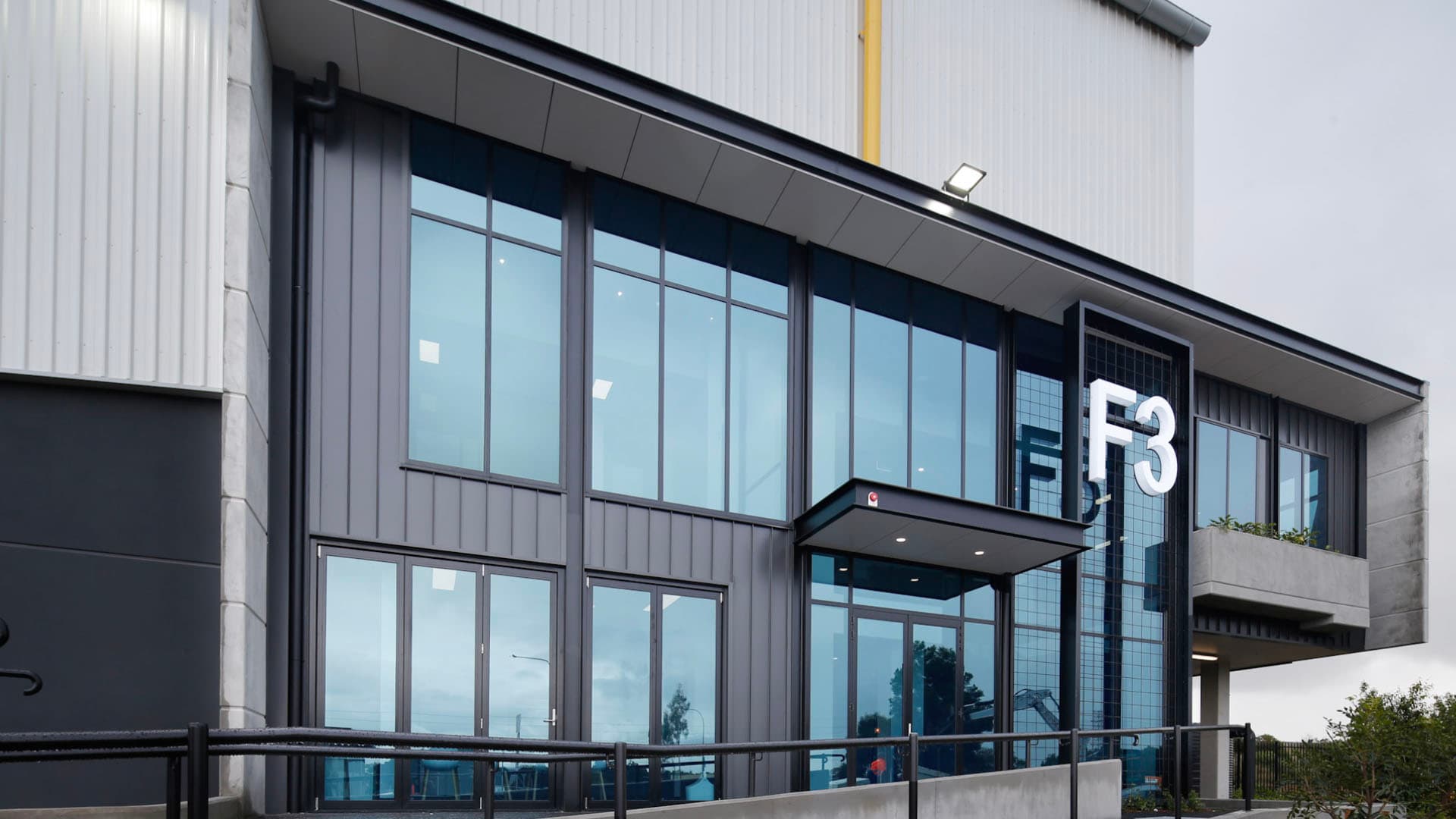
Tenant management
The majority of our land is tenanted and managed through leasing arrangements. We work with our tenants to maintain their sites and grow capacity, thereby assisting us to meet our long-term trade objectives.

Road and rail access
We are responsible for common roads within our leased areas at Port Botany, Port Kembla and Enfield and actively facilitate improvements to road operations for the benefit of all port users. We also manage the rail network within the Inner and Outer Harbour of Port Kembla, including rail lines, sidings and loops. Rail operations are an increasingly vital component of the logistics network and the sustainable movement of freight to and from ports and intermodal facilities.

Did you know?
The Port Authority of NSW and NSW Ports are two different organisations with different roles in the ports supply chain. The Port Authority of NSW is a government agency with responsibility for what happens on the water - navigation, waterside security and ensuring the operational safety of commercial shipping in ports throughout NSW.
NSW Ports is privately owned and is responsible for managing land side tenant leases and port infrastructure.
Our Assets
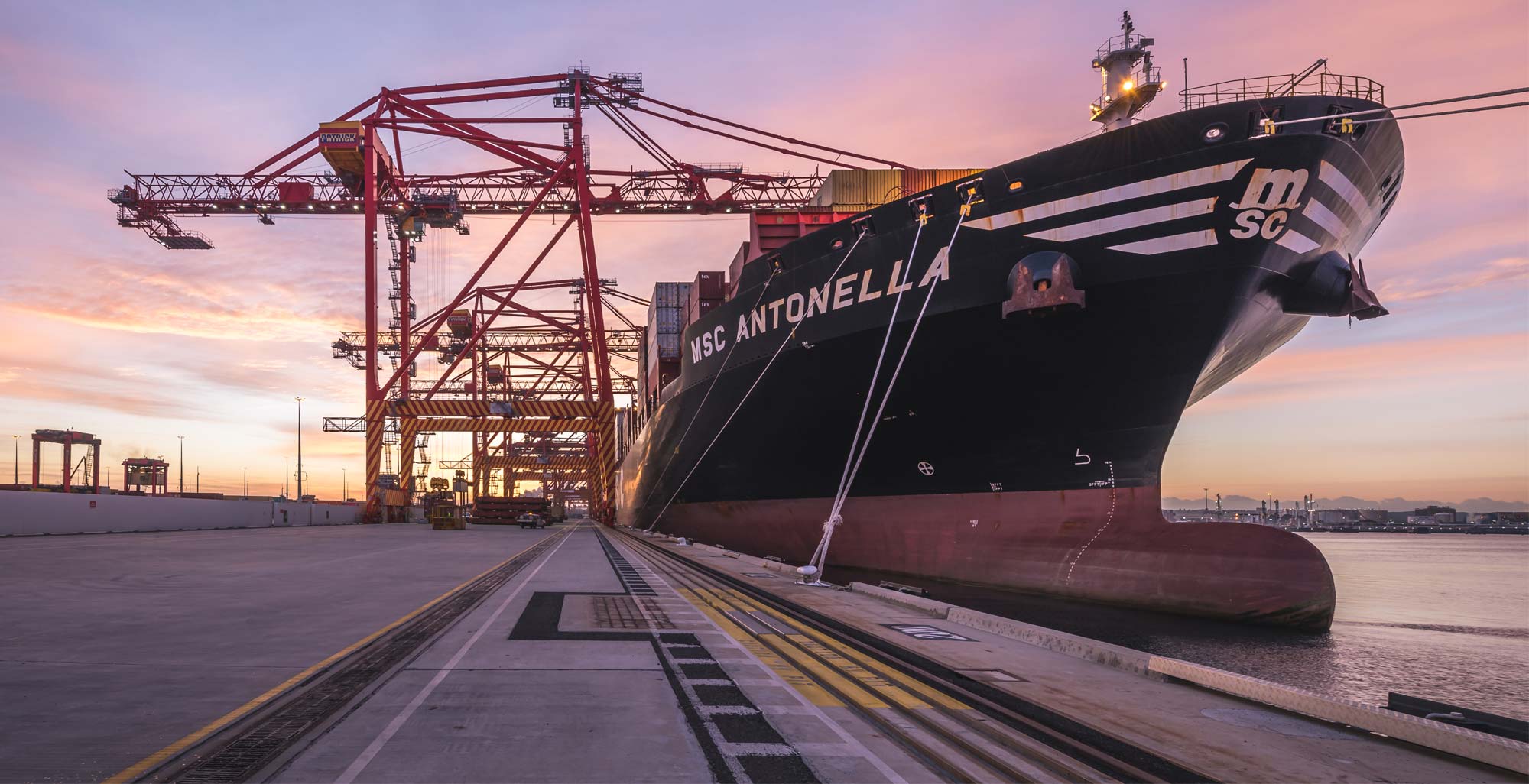
Port Botany
Positioned in Sydney and serving Australia’s largest population centre, Port Botany is Australia’s premier port. Over 42% of goods in a Sydney household, including food and beverages, are imported in containers through the port. Port Botany is also the primary bulk liquid and gas port in NSW.
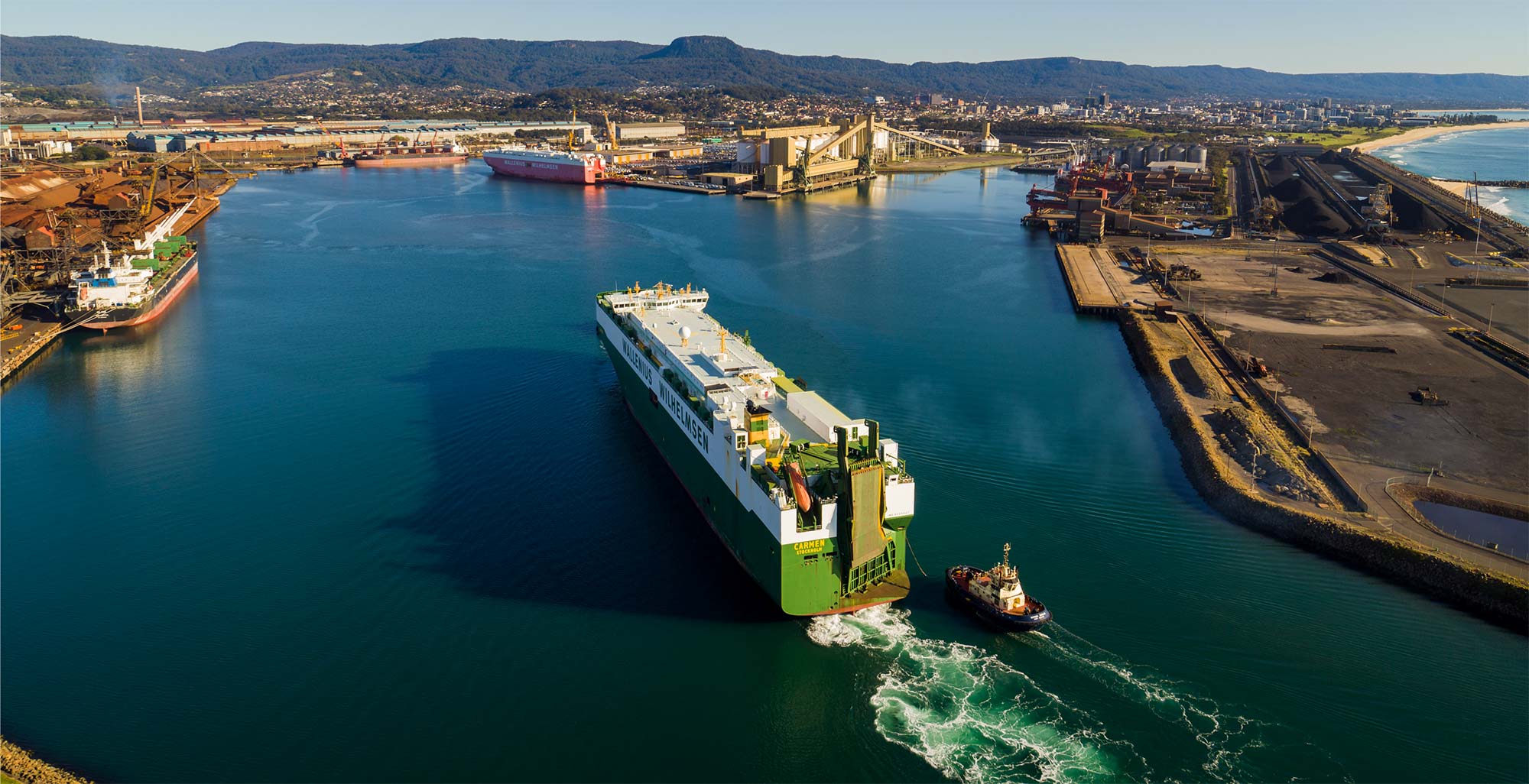
Port Kembla
Port Kembla is New South Wales’ port of growth. It is the primary gateway supporting New South Wales’ motor vehicle, mining, agricultural, manufacturing and construction industries. Based on its proximity to Sydney and container destinations moving west and south west, the Port has been approved by the NSW Government as the site of the state’s next container port.
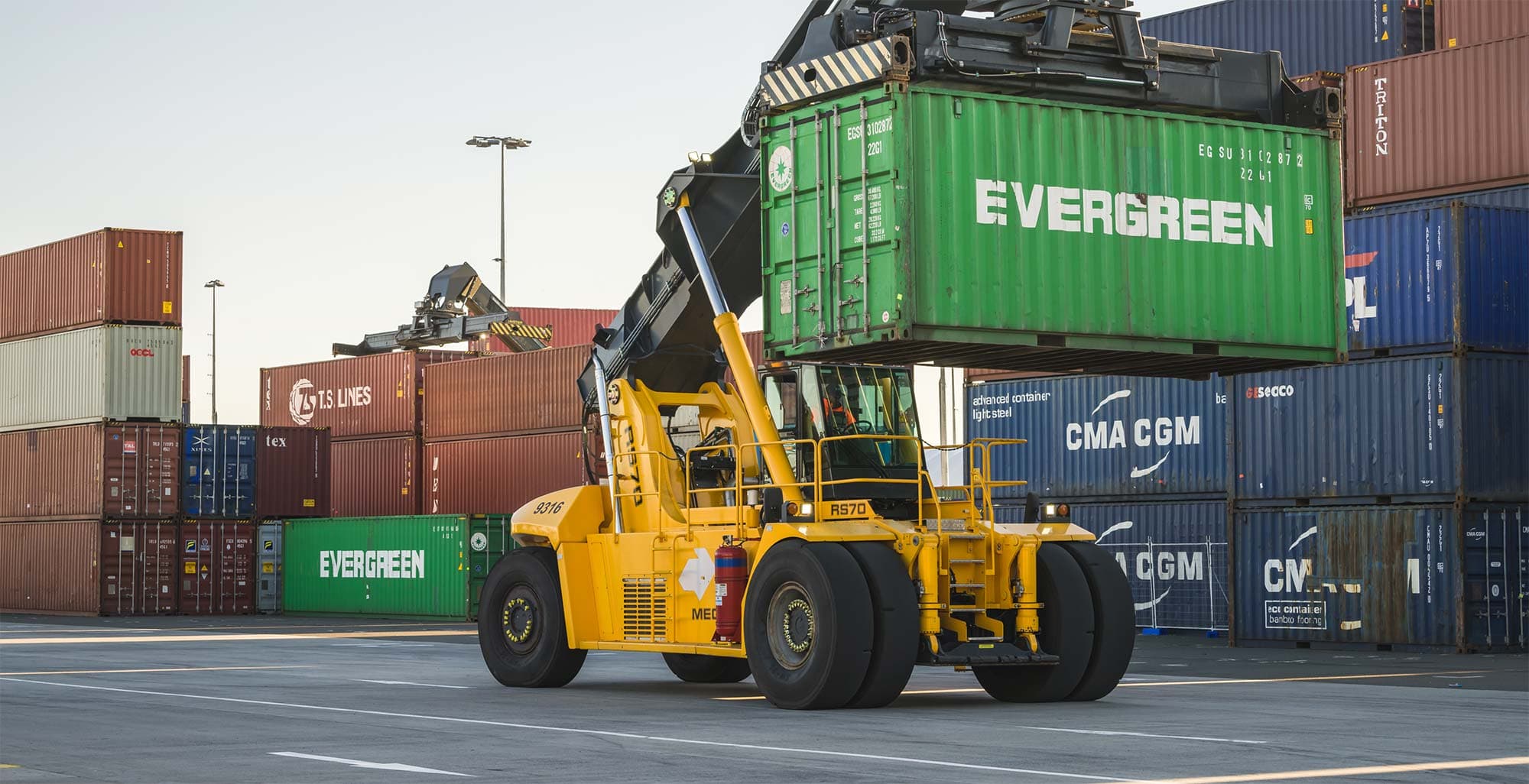
Enfield Intermodal Logistics Centre
Enfield Intermodal Logistics Centre is an intermodal terminal and warehousing facility, centrally located just 15km west of Sydney’s CBD. Close to industrial lands, it offers direct and daily connections into Port Botany on dedicated freight-only rail, and further abroad to regional areas of New South Wales. Enfield Intermodal Logistics Centre is being developed as a key logistics hub.
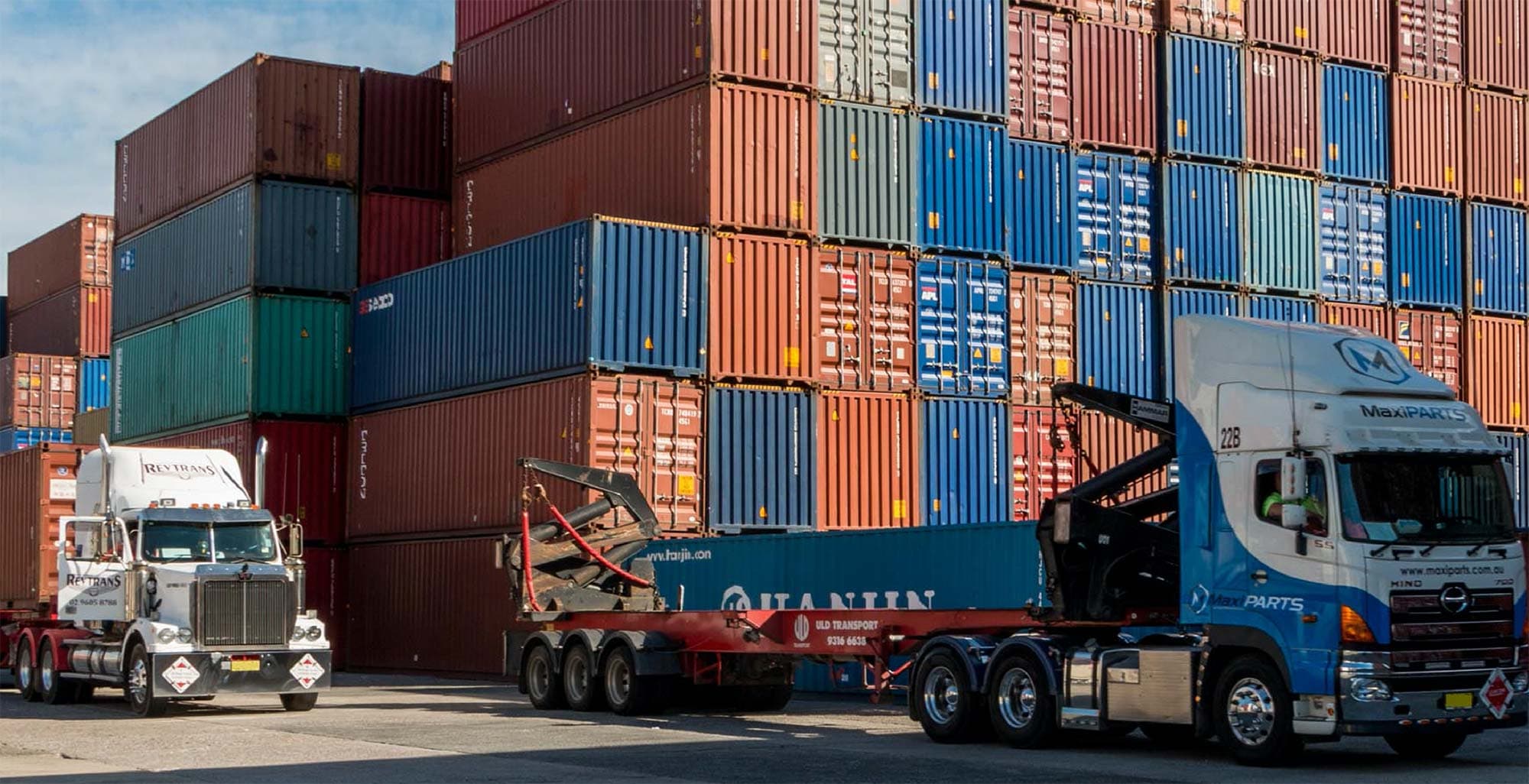
Cooks River Intermodal Terminal
The Cooks River Intermodal Terminal is an empty container park, linked directly to Port Botany by a dedicated freight rail line. Operating around the clock, it utilises road and rail to transfer containers to and from Port Botany and regional New South Wales. It is also home to the largest container storage facility in the state.
Vision, Purpose and Values
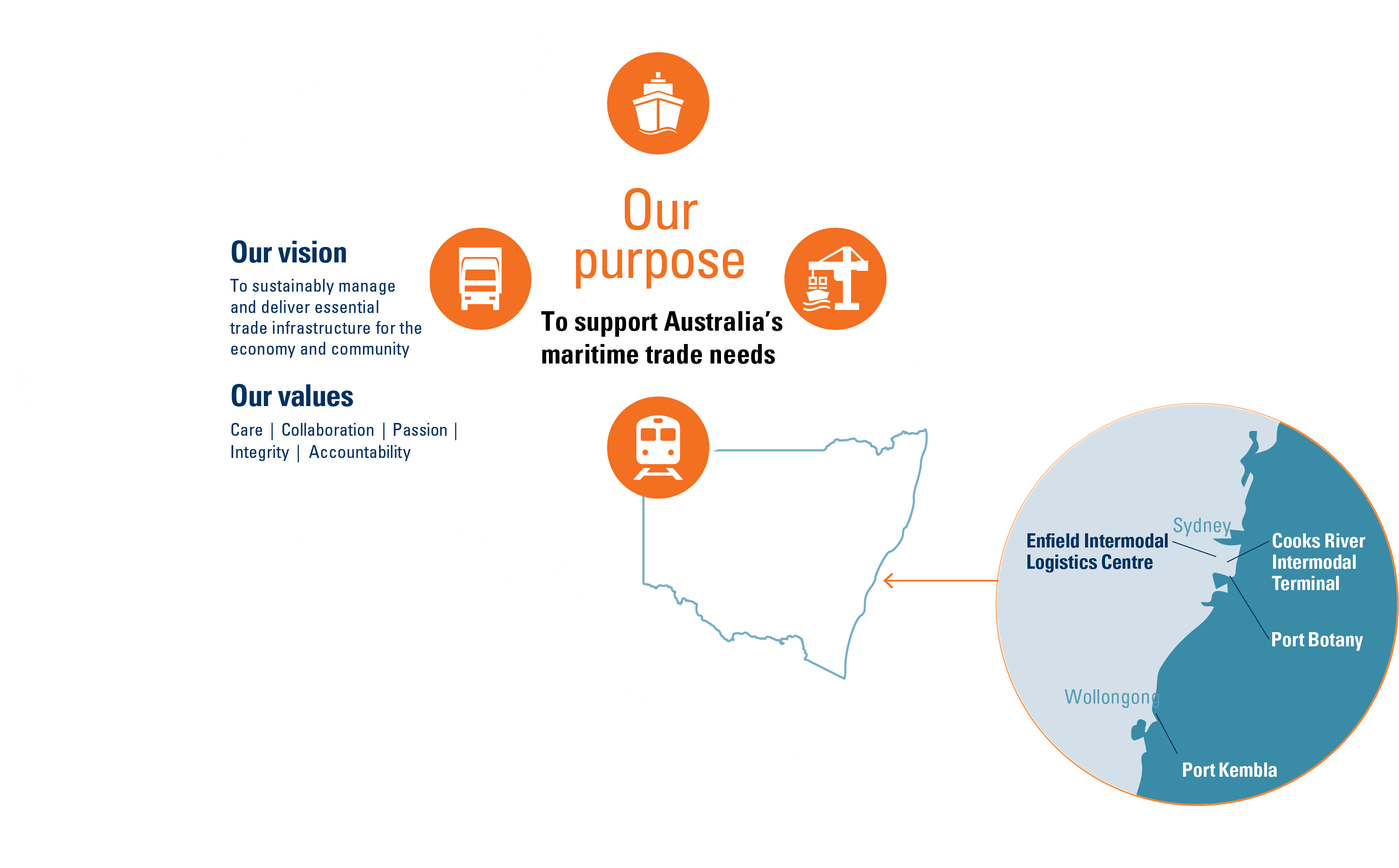
Shareholders
NSW Ports is owned by a consortium of leading institutional investors with long term interests in a range of Australian infrastructure assets including:




